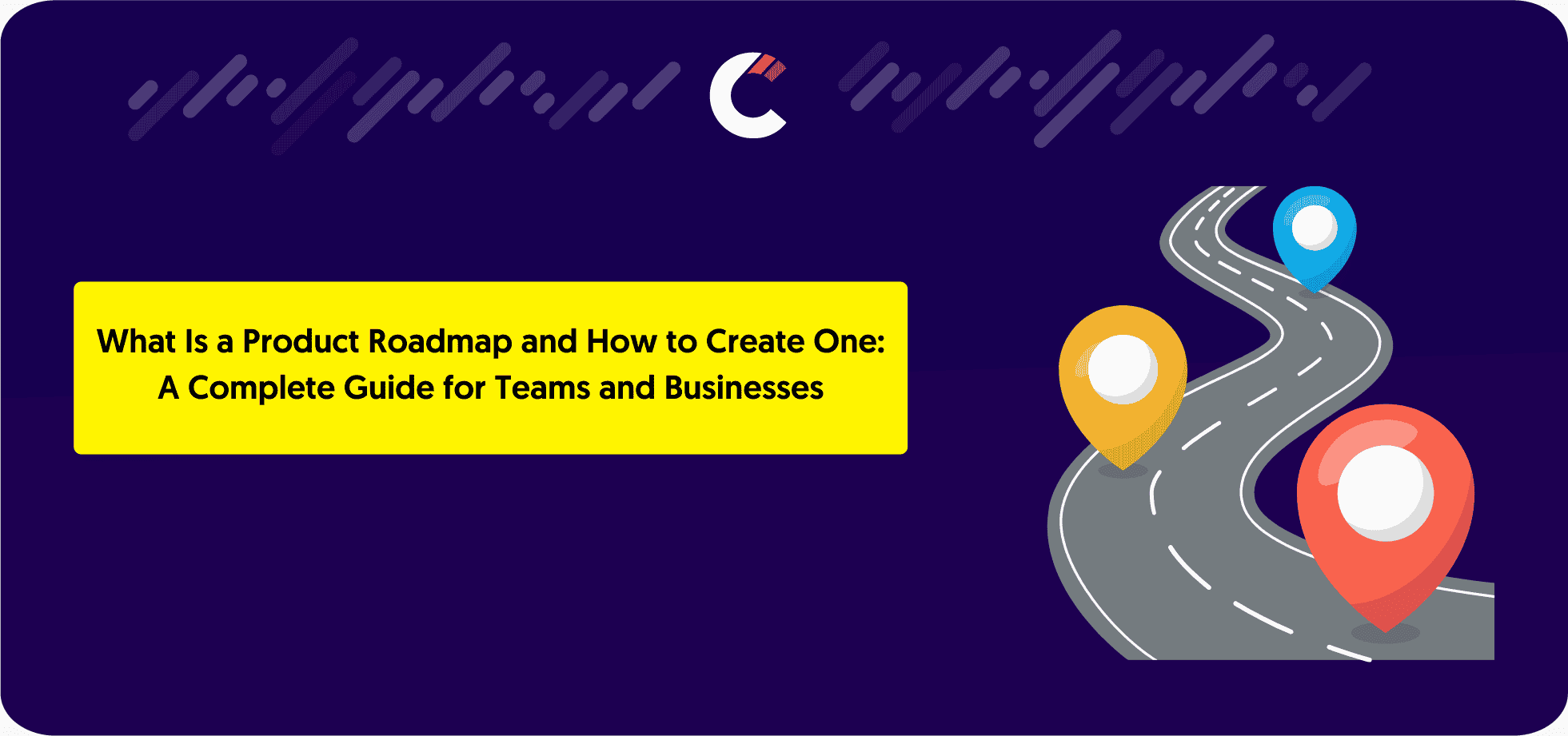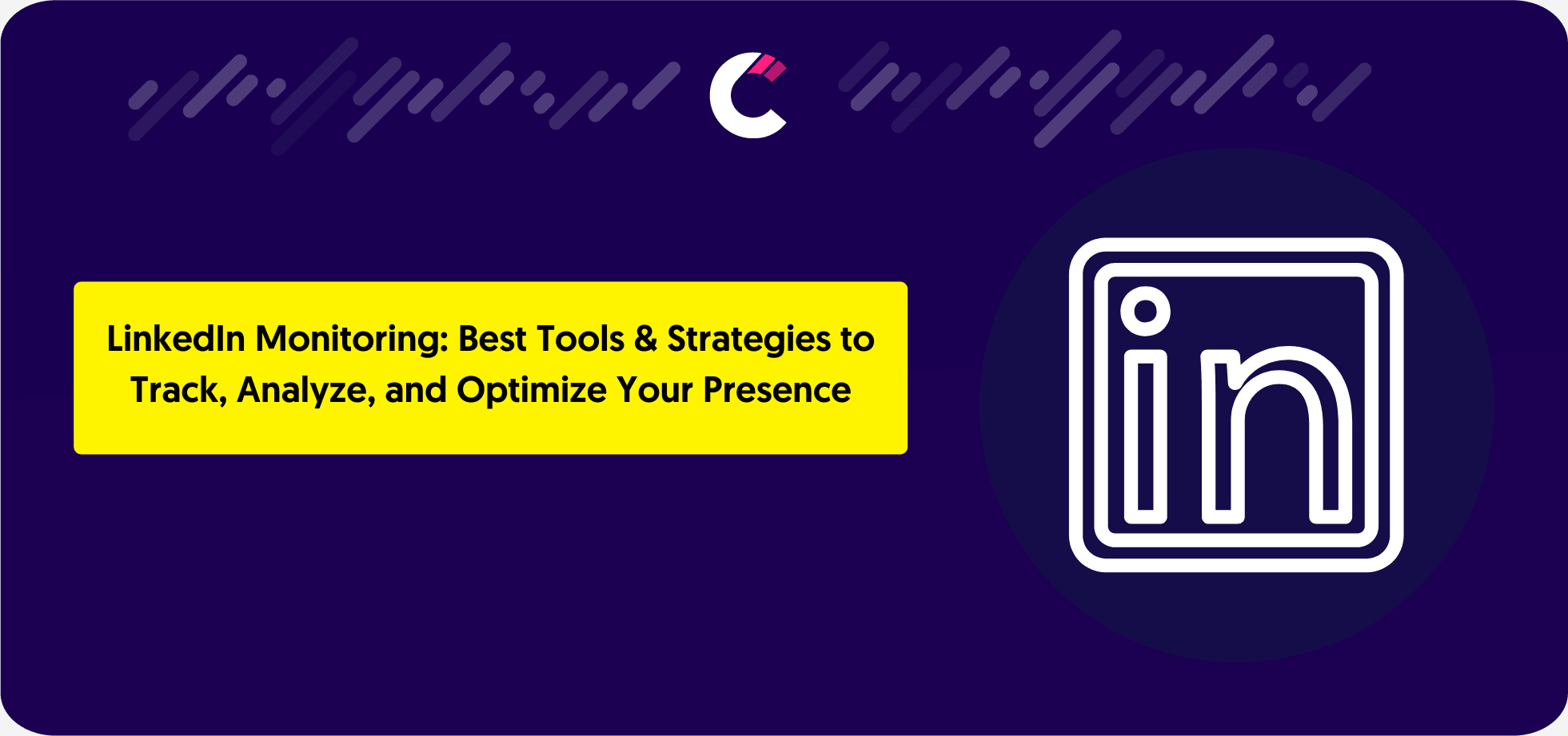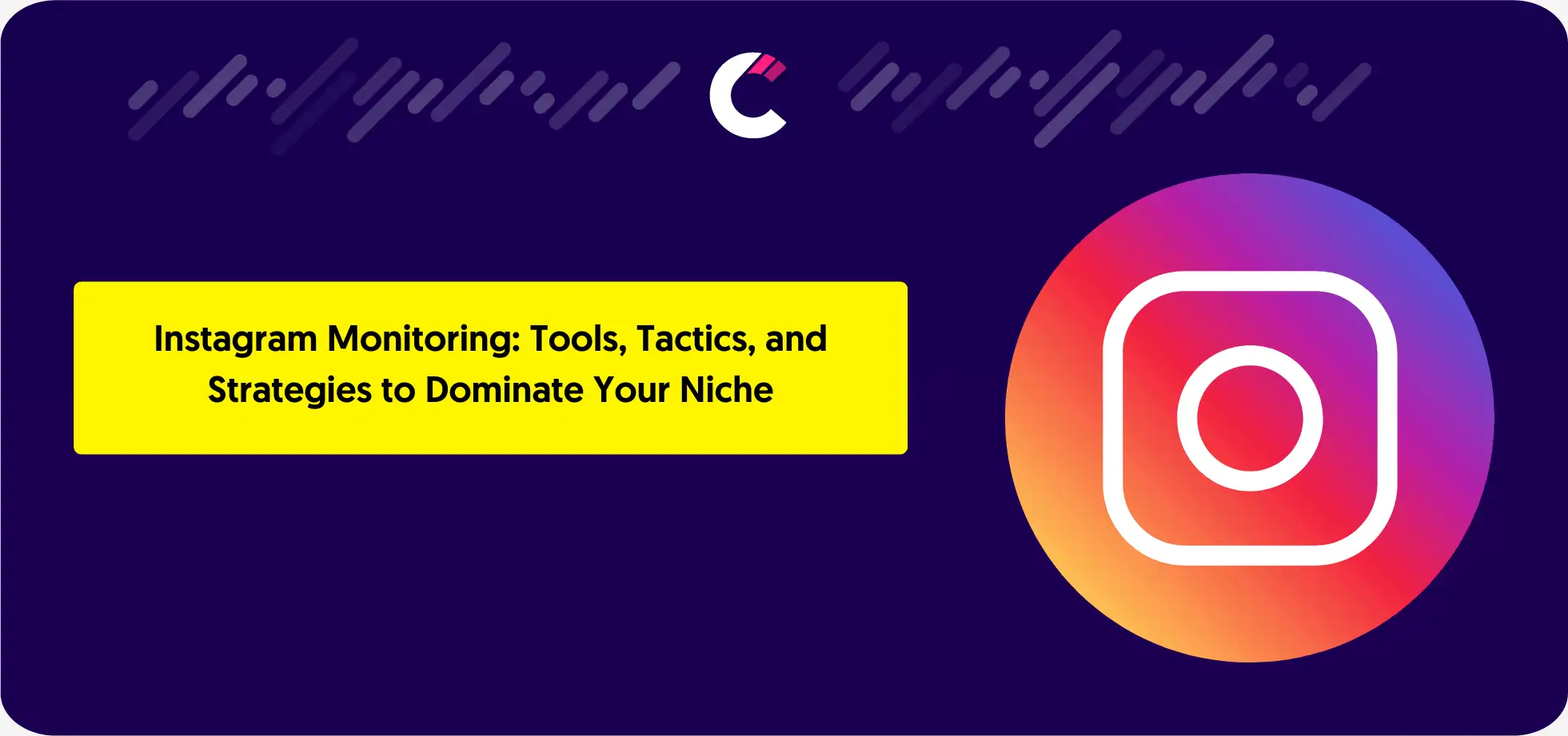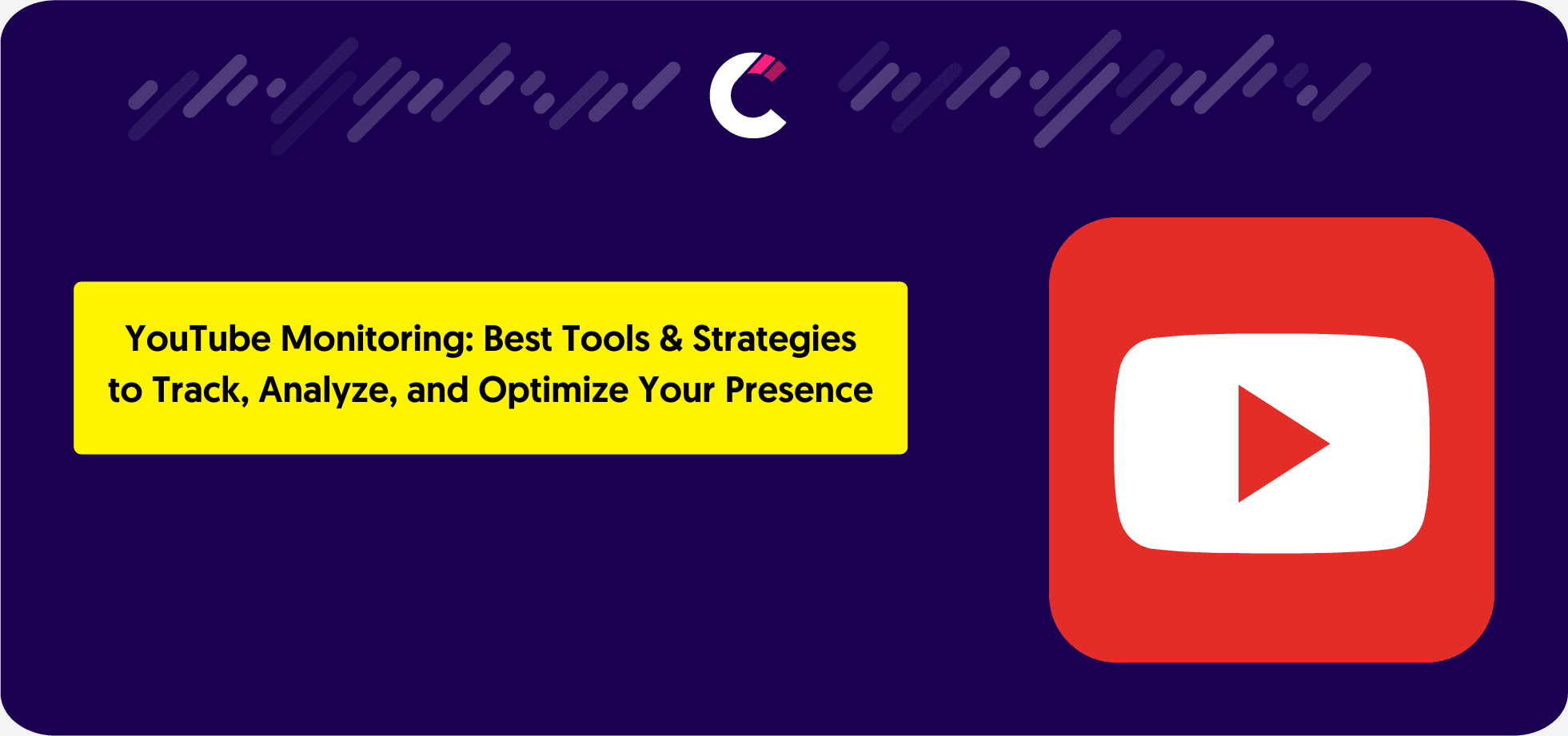Understanding Product Roadmaps
A product roadmap serves as a guiding framework for product development, ensuring that teams stay aligned on strategy, goals, and execution. Without a clear roadmap, projects can become disorganized, leading to wasted resources, misaligned priorities, and delayed releases. In this section, we’ll explore what a product roadmap is, why it’s important, and who is responsible for maintaining it.
What is a Product Roadmap?
A product roadmap is a strategic document that outlines the vision, direction, and progress of a product over time. It helps teams track key milestones, planned features, and long-term objectives while ensuring alignment with business goals.
At its core, a product roadmap answers three main questions:
- What are we building? – Defines the features, improvements, and initiatives planned for the product.
- Why are we building it? – Ensures that development efforts align with business objectives and customer needs.
- When will it be delivered? – Provides estimated timelines for feature releases, sprints, or product versions.
Depending on the company and industry, roadmaps can take different forms—some focus on feature delivery, while others emphasize business outcomes. Whether in SaaS, hardware development, or service industries, product roadmaps play a crucial role in ensuring structured progress.
Why Are Product Roadmaps Important?
A well-structured product roadmap benefits teams, stakeholders, and customers by providing clarity and alignment. Here’s why product roadmaps are essential:
- Ensures team alignment – Helps product managers, engineers, and executives stay on the same page regarding priorities.
- Improves decision-making – Enables better prioritization of resources based on impact and feasibility.
- Enhances transparency – Provides visibility into product development progress for both internal teams and external stakeholders.
- Encourages cross-functional collaboration – Brings together multiple departments, including sales, marketing, and support, to ensure product success.
- Manages expectations – Helps teams set realistic goals and communicate release schedules effectively.
Without a roadmap, teams risk working in silos, chasing short-term goals without considering long-term product strategy. A roadmap ensures that all efforts contribute to a cohesive vision.
Who is Responsible for a Product Roadmap?
A product roadmap is a collaborative effort, but the product manager typically owns and maintains it. The product manager gathers input from different stakeholders and ensures that the roadmap aligns with business strategy and customer needs.
However, other teams also play an important role:
- Engineering teams – Provide feasibility assessments, technical insights, and realistic timelines.
- Executives & leadership – Define high-level business objectives and approve the overall direction.
- Marketing & sales teams – Offer insights into customer needs, market trends, and competitive positioning.
- Customer success & support teams – Relay user feedback, pain points, and feature requests.
In larger organizations, roadmap ownership may be shared across multiple teams, with product management acting as the central point of coordination. In startups and smaller businesses, founders or senior leadership may take a more active role in shaping the roadmap.
Types of Product Roadmaps
Not all product roadmaps are the same. The structure and focus of a roadmap depend on the company’s goals, product strategy, and audience. Some roadmaps emphasize long-term vision, while others focus on short-term execution. In this section, we’ll break down the main types of product roadmaps and how they are used.
Strategic vs. Tactical Roadmaps
Strategic roadmaps focus on the high-level vision and long-term objectives of a product. They help executives, investors, and leadership teams understand where the product is headed over the next few months or years. Strategic roadmaps typically do not go into technical details but instead outline major initiatives, market positioning, and competitive advantages.
On the other hand, tactical roadmaps are more detailed and execution-oriented. They are used by development teams to track progress on specific tasks, sprint goals, and feature releases. These roadmaps are updated more frequently and help teams stay aligned on short-term deliverables.
Feature-Based vs. Time-Based Roadmaps
Some roadmaps focus on features, while others emphasize timelines.
- Feature-Based Roadmaps organize development plans around specific features. They are ideal for teams that prioritize innovation and user needs rather than rigid deadlines.
- Time-Based Roadmaps focus on when certain initiatives will be completed. These are useful for companies that work with strict release schedules, such as SaaS platforms with quarterly updates or hardware companies launching new product versions.
Goal-Oriented vs. Market-Driven Roadmaps
Different companies approach roadmapping based on internal goals or external market demands.
- Goal-Oriented Roadmaps align development with specific business objectives, such as improving customer retention, increasing revenue, or enhancing product performance.
- Market-Driven Roadmaps are shaped by external factors, such as competitor moves, customer feedback, and industry trends. These roadmaps help companies stay competitive by responding quickly to market shifts.
Technology & Integration Roadmaps
Some roadmaps focus less on features and more on technical improvements and integrations.
- Technology Roadmaps outline backend improvements, infrastructure upgrades, and security enhancements. These are commonly used by engineering teams to plan for scalability and performance.
- Integration Roadmaps focus on expanding product capabilities by integrating with third-party tools, APIs, or partner platforms. These are crucial for SaaS companies that rely on ecosystem compatibility.
Internal vs. External Roadmaps
The audience of a roadmap also determines its structure.
Internal Roadmaps are meant for company use and help different teams stay aligned. They can be tailored for:
- Executives – High-level strategic overviews.
- Engineers – Technical priorities and sprint planning.
- Sales & Marketing – Feature release schedules and customer messaging.
External Roadmaps are shared with customers, prospects, and investors to set expectations and showcase future plans. However, these roadmaps are usually high-level and avoid specific release dates to manage expectations effectively.
Key Elements of an Effective Product Roadmap
An effective product roadmap serves as a strategic guide, aligning teams and stakeholders toward common objectives.
To craft such a roadmap, consider the following essential components:
Product Vision
Begin with a clear product vision that defines the long-term mission and overarching goals. This vision acts as a foundation, guiding decision-making and ensuring that all efforts are aligned. A well-articulated vision provides direction and inspiration for the team.
Objectives and Goals
Set specific, measurable objectives that align with your company’s strategic aims. These targets help in tracking progress and assessing success, ensuring that every initiative adds value and moves the product closer to its vision.
Key Features and Initiatives
Identify and prioritize the key features and initiatives that will deliver value to users. Outline the major functionalities, improvements, or projects planned, ensuring they align with the product’s objectives and customer needs.
Timeline and Milestones
Establish a timeline with clear milestones to set expectations and track progress. Define when specific features or initiatives will be developed and released, providing a temporal aspect to the roadmap that guides the team’s efforts and informs stakeholders of anticipated delivery dates.
Stakeholder Input
Incorporate feedback from various stakeholders, such as marketing, sales, and development teams, to ensure the roadmap is comprehensive and considers multiple perspectives. Engaging stakeholders in the planning process fosters alignment and collaboration across departments, leading to a more robust and effective roadmap.
How to Create a Product Roadmap Step-by-Step
Developing a product roadmap is a structured process that aligns your team’s efforts with your strategic vision.
Here’s a step-by-step guide to help you craft an effective roadmap:
Step 1: Define the Vision and Objectives
Start by clearly articulating your product’s vision. This overarching statement should capture what you aim to achieve and guide all subsequent decisions. Align this vision with specific, measurable objectives that reflect your business goals.
Step 2: Identify Key Problems and Opportunities
Conduct thorough market research to understand your target audience’s needs and pain points. Analyze competitors to identify gaps in the market. This insight will help you pinpoint the key problems your product should solve and the opportunities it can capitalize on.
Step 3: Gather Stakeholder Input and Align Teams
Engage with various stakeholders, including marketing, sales, development, and customer support teams. Collect their input to ensure the roadmap addresses diverse perspectives and needs. This collaboration fosters alignment and buy-in across the organization.
Step 4: Choose the Right Roadmap Format
Select a roadmap format that best suits your product and audience. Common formats include:
- Timeline-Based Roadmap: Highlights planned features and releases over a specific period.
- Goal-Oriented Roadmap: Focuses on strategic objectives and the initiatives to achieve them.
- Feature-Based Roadmap: Emphasizes specific features planned for future releases.
Choose the format that effectively communicates your plan to stakeholders.
Step 5: Prioritize Features and Initiatives
Evaluate potential features and initiatives based on factors like customer value, alignment with strategic goals, and resource availability. Prioritize them to ensure that the most impactful items are addressed first.
Step 6: Set Timelines and Release Plans
Establish realistic timelines for developing and releasing features. Consider development time, testing, and potential dependencies. Clearly define release plans to manage stakeholder expectations and coordinate cross-functional efforts.
Step 7: Continuously Review and Update the Roadmap
A product roadmap is a dynamic tool that should evolve with changing circumstances. Regularly review and update it to reflect new insights, market changes, and feedback. This flexibility ensures that the roadmap remains relevant and effective.
Best Practices for Creating and Managing Product Roadmaps
Developing a product roadmap is a strategic endeavor that requires careful planning and ongoing management.
To ensure your roadmap remains effective and aligned with your objectives, consider the following best practices:
1. Keep Your Roadmap Flexible
A product roadmap should be a living document that evolves with your product. Regular updates reflecting new insights, changing market conditions, and customer feedback ensure that your roadmap remains both relevant and actionable. For more insights on flexibility, check out UserTesting’s guide on product roadmaps.
2. Align with Business Goals
Ensure that your roadmap is tightly aligned with your broader business goals. This alignment guarantees that the product development efforts contribute directly to the company’s strategic objectives.
3. Prioritize Based on Value
Focus on initiatives that deliver the most value to both your customers and your business. Use data-driven insights to assess the potential impact of various features and prioritize accordingly. Learn more about value-driven prioritization from Fibery’s product roadmap best practices.
4. Communicate Clearly with Stakeholders
Maintaining open lines of communication with all stakeholders—including development teams, marketing, sales, and executives—fosters collaboration and ensures everyone is on the same page regarding product direction.
5. Incorporate Customer Feedback
Regularly gathering and integrating customer feedback into your roadmap ensures that the product evolves in a way that truly meets user needs and enhances satisfaction.
6. Avoid Overloading with Details
While it’s important to provide sufficient information, avoid cluttering your roadmap with excessive details. Focus on high-level themes and objectives to keep the roadmap clear and understandable.
7. Utilize Visual Elements
Enhance the clarity of your roadmap by incorporating visual elements such as timelines, charts, and progress indicators. These visuals can make complex information more digestible and engaging.
8. Regularly Review and Adjust
Set a routine to review and adjust your roadmap periodically. This proactive practice allows you to respond to market changes and evolving internal priorities. For example, Aha! recommends regular reviews as a key strategy for continuous improvement.
By following these best practices, you can create a dynamic and effective product roadmap that not only guides your team toward achieving strategic goals but also remains adaptable to change.
Presenting and Communicating Product Roadmaps
Communicating your product roadmap effectively is key to aligning teams, managing expectations, and driving strategic initiatives. This section outlines practical strategies for presenting your roadmap and tailoring it to various audiences.
How to Present a Product Roadmap Effectively
Presenting a product roadmap effectively means using clear visuals and a well-organized layout to communicate key milestones and priorities. Use charts, diagrams, and concise language to highlight the product vision, planned initiatives, and timelines. This approach helps stakeholders quickly grasp the strategic direction and understand the rationale behind each decision without being overwhelmed by unnecessary details.
Tailoring the Roadmap Presentation for Different Audiences
Different audiences require different levels of detail and emphasis:
- Engineering Teams: Focus on technical priorities, dependencies, and sprint goals. Provide enough detail to support practical planning while clearly explaining the rationale behind each technical decision.
- Sales & Customer-Facing Teams: Highlight upcoming features and releases that can be communicated to customers. Emphasize the value propositions and benefits, so these teams can effectively manage client expectations.
- Executives & Leadership Teams: Offer a high-level overview that centers on strategic alignment and long-term objectives. Keep the presentation concise, focusing on business outcomes, ROI, and how the roadmap drives the overall product vision.
- Customers & External Stakeholders: When sharing the roadmap externally, keep it high-level and non-committal about specific dates. This builds trust and manages expectations by showing future enhancements without revealing sensitive details.
Roadmaps as a Storytelling Tool – Focusing on the Narrative
A product roadmap is not just a timeline but a narrative that connects your product vision to concrete milestones. Emphasize the “why” behind each initiative, providing context that helps build a compelling story. This narrative approach can motivate teams and reassure stakeholders by showing how each step contributes to the overall mission.
The Importance of Transparency in Roadmap Presentations
Transparency is essential when presenting your roadmap. Openly sharing the decision-making process, potential challenges, and planned adjustments builds trust among stakeholders. When everyone understands the basis for prioritization and is aware of the potential for change, it creates a collaborative atmosphere where feedback and questions are encouraged.
Adding Key Metrics to Strengthen Your Roadmap Pitch
Enhance your roadmap presentation by incorporating key metrics, such as performance indicators, customer satisfaction scores, or market trend data. These metrics offer a quantitative foundation for your strategy, helping stakeholders see the potential impact of planned initiatives and reinforcing the credibility of your roadmap.
Using and Updating a Product Roadmap
A product roadmap is a dynamic tool that requires regular updates to remain aligned with evolving market conditions, stakeholder input, and shifting priorities. Keeping the roadmap current ensures that it continues to serve as an effective guide for both short-term execution and long-term strategic planning.
When and How to Update a Roadmap
Determining the right time to update your roadmap involves monitoring market trends, customer feedback, and internal performance metrics. Regular reviews—often on a quarterly basis or after major product releases—allow you to incorporate new insights and adjust priorities accordingly.
Handling Roadmap Changes and Realigning Priorities
Change is inevitable in product development. When new opportunities arise or obstacles are encountered, it’s crucial to communicate these shifts transparently to all stakeholders. Realigning priorities might mean deferring or accelerating certain initiatives. A structured change management process helps ensure that adjustments are made thoughtfully, keeping the overall product vision intact while adapting to new challenges.
Managing Roadmap Execution and Tracking Progress
Execution of the roadmap involves not only setting clear milestones but also tracking progress with measurable metrics. Regular check-ins and performance reviews help teams identify bottlenecks early and adjust plans as needed. Leveraging project management tools can facilitate this process by providing real-time insights into development progress and resource allocation.
Roadmaps During Testing, Deployment, and Iteration Cycles
As your product moves through testing, deployment, and iteration cycles, the roadmap must remain flexible. This phase often reveals new challenges and opportunities, making it essential to update timelines and adjust deliverables accordingly. An agile approach to roadmap management allows for rapid iterations, ensuring that the product continues to meet both market demands and customer expectations.
Product Roadmap Examples & Templates
A clear product roadmap is essential to guide your team, align stakeholders, and maintain focus on strategic goals. Here are several examples of product roadmaps that can serve as templates, each designed to address different organizational needs and development styles.
Classic Product Roadmap Example
A classic product roadmap example is typically a timeline-based roadmap that lays out product phases, key milestones, and release dates in a sequential manner. This format is ideal for teams following a more traditional, waterfall-like approach to product development.
- Key Features: Clearly defined phases, milestone markers, and scheduled releases.
- Advantages: Provides a straightforward, linear progression of tasks, making progress easy to track.
- Disadvantages: Less flexible in adapting to unexpected changes.
Agile Product Roadmap Example
An agile product roadmap example emphasizes flexibility and iterative progress. Rather than fixed dates, it focuses on themes, epics, and sprints that allow teams to adapt quickly to customer feedback and changing market conditions.
- Key Features: Iterative cycles, sprint-based planning, and continuous backlog refinement.
- Advantages: Highly adaptable, fostering quick responses to emerging trends.
- Disadvantages: Can lack the long-term clarity seen in more structured roadmaps.
Feature Roadmap Example
A feature roadmap example centers on the development and prioritization of individual features. It breaks down each feature into development stages, from conception through testing to launch, and is particularly useful when customer needs are a primary driver.
- Key Features: Detailed breakdown of feature development, prioritization metrics, and customer impact indicators.
- Advantages: Focuses on delivering specific value propositions to users.
- Disadvantages: May overlook broader strategic initiatives in favor of granular details.
Product Launch Roadmap Example
A product launch roadmap example is designed specifically for planning a new product release. It outlines pre-launch activities, marketing efforts, sales training, and post-launch support. This roadmap ensures that every aspect of the launch is coordinated and timed appropriately.
- Key Features: Pre-launch milestones, cross-functional alignment, and detailed release schedules.
- Advantages: Provides a comprehensive view of the tasks required for a successful launch.
- Disadvantages: Its focus on a specific launch can limit its use as an ongoing strategic tool.
Multi-Product Roadmap Example
A multi-product roadmap example is used by organizations managing several products simultaneously. It provides a consolidated view of each product’s development timeline, helping to identify cross-product dependencies and ensure overall strategic alignment.
- Key Features: Overview of multiple products, alignment of shared resources, and synchronization of product releases.
- Advantages: Offers a strategic perspective across product lines, facilitating better resource allocation and unified strategy.
- Disadvantages: Can become complex and challenging to manage if not regularly updated.
Interestingly, a survey by ProductPlan found that nearly 70% of product managers reported improved team collaboration and strategic alignment after implementing a structured roadmap—underscoring the value of tailoring your roadmap to fit your specific organizational needs.
The Role of Product Roadmap Software
Product roadmap software is essential for streamlining planning, fostering collaboration, and tracking product development progress. These tools consolidate information into a dynamic, shared resource that helps teams—from product managers to engineers—visualize timelines, set priorities, and adjust strategies as conditions change.
Why Product Roadmap Tools Matter
Product roadmap tools provide a centralized platform where strategic goals, milestones, and feature backlogs are clearly displayed. This unified view reduces miscommunication and keeps stakeholders aligned by offering real-time updates and interactive visuals. With everyone having access to the latest product information, managing expectations and adapting to change becomes much easier.
Top Product Roadmap Tools
Consider these popular options for product roadmapping:
Jira
Key Features: Agile boards, robust task management, and integration with development systems.
Advantages: Highly customizable and widely adopted by engineering teams.
Disadvantages: Steep learning curve and not solely focused on product roadmapping.
Price: Starting from approximately $7 per user/month.Aha!
Key Features: Strategy templates, roadmap visualization, and idea management.
Advantages: Comprehensive planning capabilities with strong visualization features.
Disadvantages: Can be expensive and overwhelming for smaller teams.
Price: Starting around $59 per user/month.Roadmunk
Key Features: Visual roadmaps, customizable views, and collaboration features.
Advantages: User-friendly interface and effective visualization tools.
Disadvantages: Limited integrations compared to some competitors.
Price: Around $49 per user/month.ProductPlan
Key Features: Drag-and-drop interface, timeline views, real-time updates, and integration with other tools.
Advantages: Intuitive design and easy sharing options.
Disadvantages: Fewer customization options than some alternatives.
Price: Approximately $39 per user/month.Competitors App
Key Features: Competitor analysis, feature comparison, market insights, and integration with product management systems.
Advantages: Offers additional competitive context alongside standard roadmap visualization.
Disadvantages: Roadmap features may be less extensive compared to tools dedicated solely to roadmapping.
Price: Starting around $19 per user/month.
For more tools, check out our comprehensive product marketing tools guide.
Challenges with Using General Presentation Tools
Many teams initially use standard presentation tools like PowerPoint or Google Slides to outline their roadmaps. However, these tools often lack real-time collaboration, automated updates, and seamless integration with project management systems. As a result, such presentations can quickly become outdated, leading to miscommunication and strategic gaps. In contrast, dedicated product roadmap software is designed to adapt dynamically and provide a comprehensive, evolving view of your product’s journey.
Frequently Asked Questions About Product Roadmaps
What is the main purpose of a product roadmap?
A product roadmap provides a strategic plan for product development. It outlines the long-term vision, priorities, and timelines that guide a product’s evolution, helping teams align and setting clear expectations for stakeholders.
How often should a product roadmap be updated?
A roadmap should be reviewed and updated regularly. Many organizations choose to update it quarterly or after significant product releases, while agile teams might adjust theirs more frequently to reflect ongoing changes in market conditions and customer feedback.
What are the most common mistakes in product roadmaps?
Common pitfalls include overloading the roadmap with excessive details, failing to align with key stakeholders, setting unrealistic timelines, and creating a plan that lacks flexibility. Focusing on high-level themes and allowing room for adjustments can help mitigate these issues.
How detailed should a product roadmap be?
A product roadmap should remain high-level and strategic, outlining key themes, objectives, and milestones without getting bogged down in minute details. This approach ensures that the roadmap is both adaptable and easy to update as priorities shift.
Should product roadmaps be shared with customers?
Sharing a roadmap with customers can be beneficial for transparency and trust. However, it’s important to keep the information high-level and avoid committing to specific release dates, which helps manage expectations effectively.






